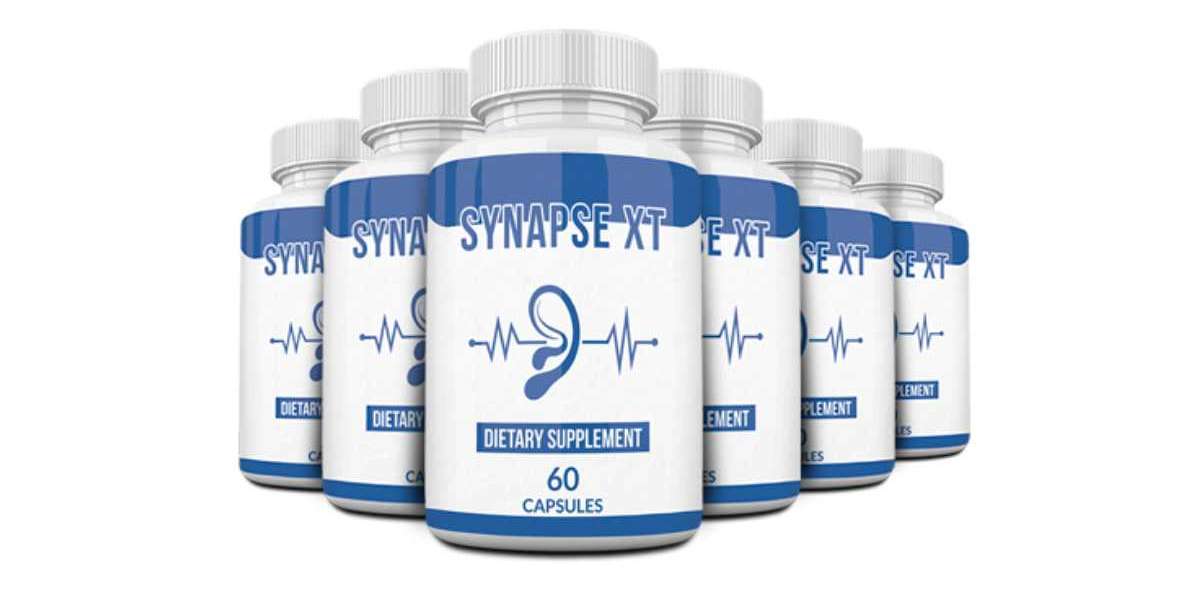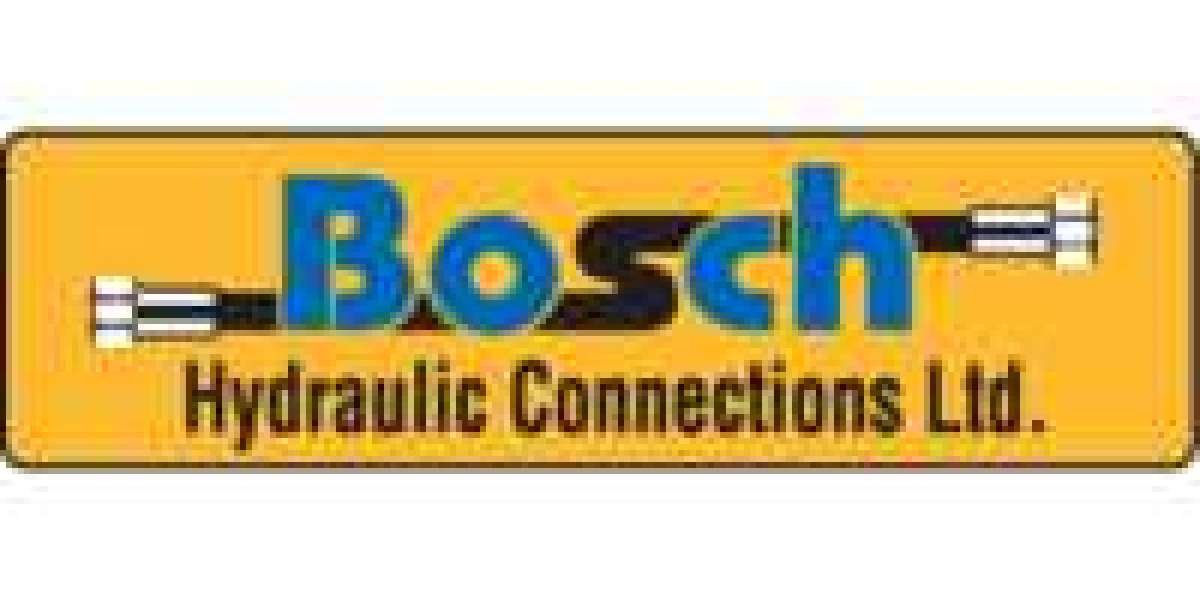Managing respiratory conditions such as asthma, COPD, or cystic fibrosis effectively often involves the use of nebulizers. These devices are crucial for delivering medication directly to the lungs, making them an essential component of respiratory therapy for many patients. This comprehensive guide provides an overview of nebulizers for home use, discussing their types, benefits, how to choose the right one and maintenance tips. It aims to assist patients and caregivers in making informed decisions and ensuring effective treatment.
Understanding Nebulizers
Nebulizers are medical devices that convert liquid medication into a fine mist, which patients inhale through a mouthpiece or mask. They are particularly useful for delivering asthma medication, antibiotics, or bronchodilators directly to the lungs. Unlike inhalers, which require patients to coordinate breaths with medication release, nebulizers deliver medication passively, making them ideal for young children, elderly individuals, or anyone who has difficulty using inhalers effectively.
Types of Nebulizers
There are several types of nebulizers available for home use, each with its own set of features tailored to different needs:
- Jet Nebulizers: These are the most common type and use compressed air to create an aerosol. They are reliable but often noisy and require a power source.
- Ultrasonic Nebulizers: These devices use high-frequency vibrations to produce a mist. They are generally quieter and faster than jet nebulizers but can be more expensive.
- Mesh Nebulizers: The newest type, mesh nebulizers, use a fine mesh to generate a mist. They are compact, quiet, and efficient but also the most expensive.
Choosing the Right Nebulizer
Selecting the appropriate nebulizer involves considering several factors:
- Efficiency: How quickly the device delivers medication. This is crucial if the treatment needs to be administered several times a day.
- Noise Level: Some patients may prefer a quieter device, especially if they need to use it frequently or during nighttime.
- Portability: For patients who travel often, a portable nebulizer that can be charged or battery-operated is ideal.
- Ease of Use: Devices should be straightforward to assemble, use, and clean, particularly for elderly users or young children.
- Cost and Insurance: Consider the cost of the nebulizer and check if it is covered by insurance. Also, factor in the cost of replacement parts and accessories.
Benefits of Using Nebulizers at Home
Nebulizers offer several benefits for patients managing respiratory conditions at home:
- Effective Medication Delivery: They provide a more effective way of delivering medication directly to the lungs compared to other forms of inhalation.
- Suitable for All Ages: Nebulizers are suitable for patients of all ages, including infants and the elderly, who may have difficulty using other devices.
- Ease of Use: They require minimal effort from the patient, as breathing normally is sufficient to inhale the medication.
- Versatility: Nebulizers can administer a wide range of medications, including steroids, antibiotics, and bronchodilators.
How to Use a Nebulizer at Home
Proper usage is key to getting the maximum benefit from a nebulizer. Here are some steps to follow:
- Setup: Assemble the nebulizer according to the manufacturer’s instructions. Connect the hose to the compressor and the medicine container.
- Adding Medication: Fill the medicine cup with the prescribed dose of medication. Always use sterile solutions to avoid infections.
- Taking the Treatment: Attach the mouthpiece or mask to the medicine container. Turn on the machine and breathe through your mouth until all the medicine is used up, which typically takes about 5 to 10 minutes.
- Post-Treatment: After each use, it is essential to clean the nebulizer thoroughly to prevent infections and ensure the device works properly.
Maintaining Your Nebulizer
Proper maintenance is crucial for ensuring that the nebulizer functions effectively and lasts longer. Maintenance tips include:
- Regular Cleaning: Disassemble the nebulizer and wash all parts that come into contact with medication using warm, soapy water. Rinse thoroughly and allow to air dry.
- Disinfect Weekly: Disinfect the nebulizer parts once a week using either a vinegar solution or a disinfectant recommended by the manufacturer.
- Replace Parts Regularly: Follow the manufacturer’s guidelines on replacing the nebulizer cup, mask, or mouthpieces as they wear out over time.
- Check the Compressor: Ensure that the compressor is kept clean and check for any signs of wear or damage.
Conclusion
Nebulizers are essential for many patients with respiratory conditions, enabling efficient and effective medication delivery right where it's needed most—in the test lungs. By understanding the different types of nebulizers, how to choose and use them, and the importance of maintenance, patients, and caregivers can ensure optimal treatment of respiratory conditions at home. Remember, always consult healthcare providers for guidance on the specific type and model of nebulizer that best suits your medical needs.


